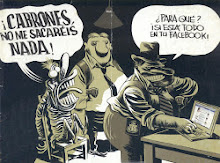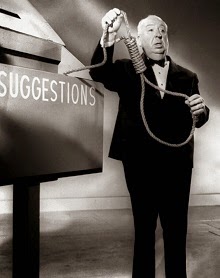Joe Berkowitz
James Ellroy is the preeminent crime novelist of our time. As his just-releasedPerfidia rolls out, he talks to Co.Create about how to write immersive page-turners like his classic, L.A. Confidential.
Photo by Anthony Pidgeon, Redferns, Getty Images
Everything that happens in a James Ellroy novel happens right now. Short, compact sentences hit in machine gun bursts. The immediacy of the writing registers more as an experience than a description of one. It's an immersive style of writing, particularly well-suited to the crime genre, one that has no use for indicative words like 'suddenly'—as in, ‘Suddenly, Detective A punched Police Officer B in the face." Instead, the punches just arrive unannounced, leaving readers who are used to linguistic signposts feeling as dazed as if they too had been punched.
Considering the emphasis on urgency, Ellroy’s novels seem ripe for cinematic adaptation. Although many have indeed become films, and Ellroy has written several screenplays himself, the only movie to truly capture the rapidly shifting, ultraviolent underworld the author calls home is L.A. Confidential, whose screenplay fetched an Academy Award for scribe Brian Helgeland. Mostly, though, the preeminent crime writer of our time has done his best work offscreen and on the page, crafting meticulously plotted historical crime sagas like the just-released Perfidia.
The man referred to as the Demon Dog of American crime fiction is revisiting familiar territory in his latest novel, while also heading into uncharted waters. Set over a 23-day period in 1941 around the attack on Pearl Harbor, Perfidiakickstarts a new quadrilogy involving characters from both the L.A. Quartet —which spawned L.A. Confidential—and the Underground USA Trilogy. The author's grand design is to unify those first two bodies of work seamlessly with the planned Second L.A. Quartet, forming 31 dramatically packed years in American history—overflowing with real-life characters and amalgams, all doing terrible things to each other. It's an ambitious project fully in keeping with Ellroy's maximalist template for the crime novel. Lucky for aspiring authors, he hasn't let his method for producing such work remain a mystery.
Ahead of the recent launch of Perfidia, Ellroy spoke with Co.Create about his fastidiously organized outlining process, the many jobs dialogue can accomplish, and how to write a morally ambiguous crime novel so good it should be illegal.
A James Ellroy plot is an unwieldy beast that would be hard to summarize, even in a full paragraph. The author only arrives at it after the broad ideas and characters simmer in his imagination for a while.
"I begin by assembling notes on characters. Large swaths of the plot become clear to me as I do this," he says. "With Perfidia, I was mindful at all times about the L.A. Quartet and the Underworld USA trilogy and how these characters had to realistically sync to the earlier written but later set books. It comes down to a schematic calculation, though. You want a big crime. You want big history. There’s big history in the Underworld USA trilogy, there’s huge history inPerfidia. You want internal conflicts in characters. You want rivalries between police agencies. You want classy women. You want big love affairs. You want high stakes, life. I’m a romantic, I love the big challenge and I’m gonna give it to you."
Ellroy doesn't just make an outline, he creates an elaborate superstructure overflowing with ideas for the book at hand. His outlines are basically first drafts of the finished product.
"So, I’m putting notes together, and putting notes together, and putting notes together," he says. "Lots of notes about the beliefs of the individual people. WithPerfidia, I had about 200 pages of notes, I had to do lots of research, and then I shorthand blocked out the book. It was 80 shorthanded pages that only I could read—initials for proper nouns, initials for individual characters. And then I wrote the 700-page outline. Fucking book is mapped right down to the paragraph break.
The outline is written by hand. I never use a computer, I've never made a cellphone call. I had a full-time assistant type the outline for me; it's there at my desk. I come over to it and refer to it all the time, and then I write the book. I write 50 pages on white notebook paper, black ink, correct in red. If I get 50 pages ahead, I go back and rewrite. It has to be tight as a crab's ass, air tight. It has to be perfect. I'm a laborious worker and a diligent rewriter. I talk to myself and say the words as I write, hence the cadence, hence the incantatory quality of the prose."
The Demon Dog has played with a lot of structural styles throughout the years, but there are certain consistencies. Some of these are upturned in the author's latest work.
"I've never written in the omnipresent third person," Ellroy says. "Normally, I do three viewpoints. It's subjective. You're only seeing something through the eyes of the individual character, usually a man, usually a police officer. And he thinks he sees everything in the first person, which is inaccessible to some people. In this particular book, I've done something I haven't done before. There’s a first-person viewpoint through Kay Lake's diary, which is interlocked with three other subjective third-person accounts. Making that determination required revising the outline."
Before the characters in an Ellroy novel come to physical blows, which they so often do, there is plenty of verbal sparring. Sometimes this sparring also takes place between critics and Ellroy himself, though, about certain elements of his characters' speech.
"Dialogue should be funny," the author says. "It should be pithy. It should be more than exposition. You have a mendacious world. And I have created people who are lying and dissembling continually. Lots of big evasion. I deal with criminals and rather volatile policemen, and they're prone to being crude and direct. I get taken to task on occasion for my very casual use of racial epithets and ethnic slurs. And there's a dynamic behind it that makes some people uncomfortable. The heroes of the book, they have the attitudes on race and gender common to their time, but said attitudes are not defining characteristics. They are just casual attributes. And there is a continuous and to me hilarious broadside of preposterous racial attitudes in Perfidia that is entirely consistent with the crazy shit people believed in 1941. The book begins with a radio broadcast by the noted real-life antiseptic preacher Gerald L.K. Smith and it serves two purposes—it's an expositional device, as well as an introduction to the way that people thought and talked in 1941.
It’s consistent with the time and it still moves like a rat with its tail on fire. I love purity. I love the language of hard-boiled. I love hepcat talk. Black junkie jazz musician slang. Yiddish. Racial invectives. I love the way it sounds. I love the word-stew that you can make from that. And in context it has to be incisively placed. You can turn language like this into riffs just because it sounds good. But this kind of talk, this level of concision, has to be support to the plot itself."
Ellroy has researchers that help him assemble the extensive amounts of information required for mixing actual historical figures into his crime sagas with any level of authority. He's searching for more than you might think he is with this material, though.
"I’m not looking for period detail with the research," he says. "I’m not looking for secret CIA documents that reveal a right-wing plot to overthrow Nicaragua. I’m looking for cool, outrageous shit. At the end of The Cold Six Thousand, the mob wants to find a right-wing outpost near Central America to overthrow, and I mention that the Dominican Republic was a possibility. Well, half the island of Hispaniola is the DR and half is Haiti. The next book, Blood’s a River, had all kinds of blackmail and armed robbery shit. But what else exists in Haiti? Voodoo, French-speaking black folks oppressed by a crazy voodoo dictator Papa Doc. Voodoo is cool, outrageous shit. And that’s what it comes down to sometimes, is just cool, outrageous shit."
Of course, all the loose strands must come together in the end. Like everything else, the author has a certain way of writing this part as well.
"I build tightly packed ends," Ellroy says. "By that I mean there’s a series of crimes that have to be resolved in the course of one of these books. Generally it takes a swath of 100 pages. That allows me to limit the emotional resonance of an ending. My books have to end on an elegy and high drama. Other than Perfidia, my favorite isBlood’s a Rover. Don Crutchfield the main character is wondering where she is. He spent four years of his life looking for her love her, he found her, he became her lover for 10 seconds, he had this job to do, though, so she just went off into history. The last word of the book is ‘job.’ There was a real job in my life that I had to do, and the woman, she disappeared. This was my way of talking to her."








































0 comentaris:
Publica un comentari a l'entrada